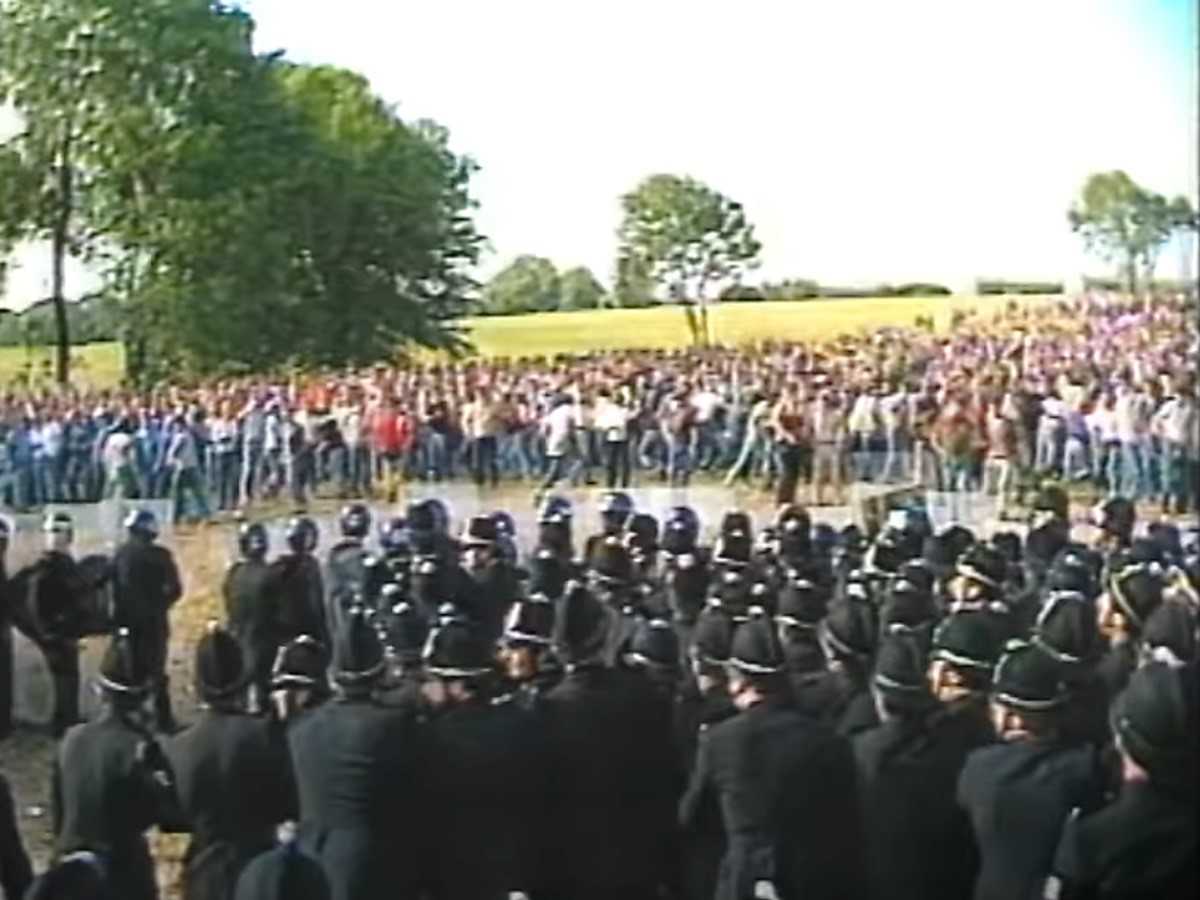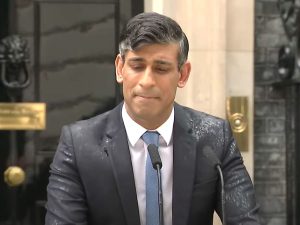The Battle of Orgreave was a violent assault on striking miners by police on 18 June 1984. 40 years on, it stands as a stark symbol of the classism and divisive policies of Margaret Thatcher’s Conservative Party government. However, this attack was not an isolated incident. It was a culmination of deep-seated classism and economic policies that favored deindustrialisation and free-market capitalism, and systematically weakened the labor movement – destroying working-class communities in the process.
Orgreave: the culmination of years of managed decline
The late 20th century was a period of significant economic upheaval in the UK. Traditional industries, such as coal mining, steel, and manufacturing, faced decline due to capitalist-fomented globalisation, technological advancements that were utilised for profit, and right-wing politics. These industries were concentrated in working-class areas, where communities were heavily dependent on these jobs.
The rise of neoliberal economic policies under Thatcher, who became prime minister in 1979, accelerated this decline.
Thatcher’s government embraced policies that promoted free-market principles, deregulation, and a shift away from state ownership. This approach aimed to modernise the British economy but came at the expense of the working class.
So, the Conservative Party and its capitalist backers viewed coal mines as inefficient and unprofitable. This was after previous governments nationalised and supported them. Thatcher’s administration viewed the powerful National Union of Mineworkers (NUM) as an impediment to economic progress and was determined to curtail its influence.
The strike and its escalation
In March 1984, the National Coal Board announced plans to close 20 coal mines, which threatened thousands of jobs and the livelihoods of entire communities. The NUM, led by Arthur Scargill, called for a national strike. The strike was not just about saving jobs; it was a battle for the survival of the mining industry and a stand against a deliberate attack on the working class by Thatcher’s government.
However, the government anticipated the strike and had prepared extensively. It mobilised police forces, and developed strategies to counteract the miners’ actions. The government’s deployment of police during the strike was not just about maintaining order; it was about breaking the strike.
This militarised response highlighted the government’s stance against the miners and underscored the class divide.
The Battle of Orgreave
The police assault at the Battle of Orgreave was one of the most violent and notorious events of the miners’ strike. On that day, around 5,000 miners gathered to picket the Orgreave coking plant in South Yorkshire. They were met by around 6,000 police equipped with riot gear, horses, and dogs.
The ensuing attack was brutal, with mounted police charging into the crowd. Cops injured at least 100 miners – some seriously – while they arrested 95 and charged them with “violent disorder” or “rioting”. Now, we would call that gaslighting.
Reports and subsequent investigations revealed that the government made sure the police’s actions were highly coordinated and aggressive. Cops used excessive force, made wrongful arrests, and fabricated evidence against the miners. Moreover, the media coverage at the time was largely biased to the government, promoting its propaganda. It intentionally portrayed the miners as violent agitators to skew public perception.
Classism and government policies
The Battle of Orgreave was not merely a labor dispute but a manifestation of class conflict.
Thatcher’s government representing the interests of the middle and upper classes. It viewed the working-class miners as an obstacle to economic reform. The aggressive policing and vilification of the miners was an attempt by the Tories to dismantle the power of the working class and their unions, which had long been a thorn in the side of governments.
However, the government’s approach to the miners’ strike was informed by a broader ideological battle against collectivism and state-supported industries. By breaking the NUM, Thatcher aimed to reduce the power of trade unions. She could then reshape the labor market in favor of employers and reducing the bargaining power of workers.
The Battle of Orgreave at 40: has anything really changed?
The aftermath of the Battle of Orgreave and the miners’ strike had profound and lasting effects on British society.
Many mining communities never recovered from the closures, leading to long-term economic and social decline. Successive governments, both Labour and Tory, have failed to address this.
The strike also marked a turning point in labor relations, significantly weakening trade unions and changing the landscape of British politics.
Moreover, the events at Orgreave remain a potent symbol of class struggle and government oppression. They underscore the lengths to which Thatcher’s government was willing to go to impose its economic vision, regardless of the social cost.
The battle was not just about coal; it was about power, class, and the right to a livelihood in an era of profound economic change.
The scars of Orgreave serve as a reminder of the human cost of economic policies that prioritise market efficiency to benefit the rich over social equity for the rest of us – injuries that are still happening to this day.
Featured image via Channel 4 – YouTube




